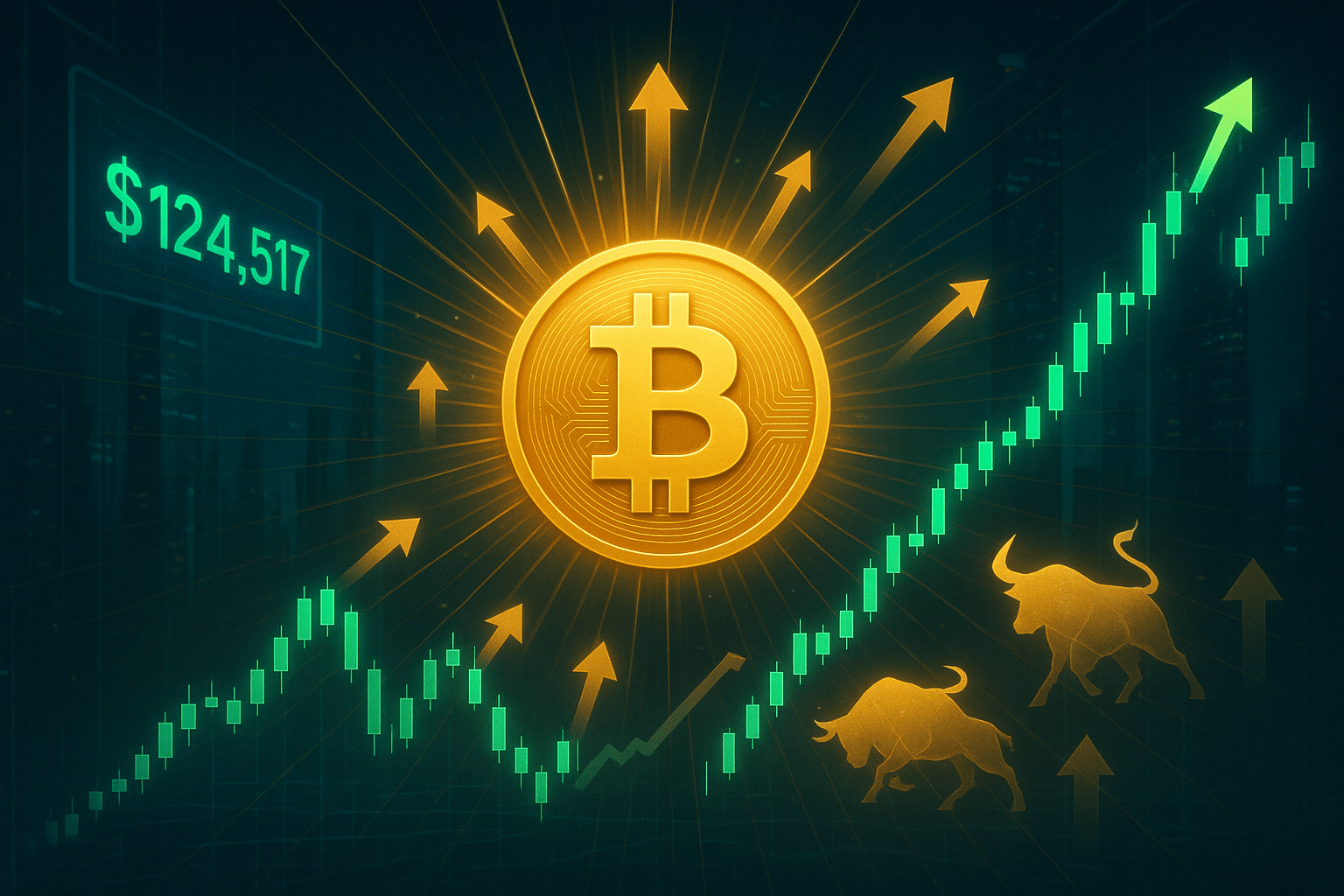
Bitcoin shocked the world again last night, with prices breaking through $124,000 to set a new all-time high, soaring 4% in 24 hours. What does this mean? Bitcoin's market capitalization has reached $2.46 trillion, officially surpassing the tech giant Alphabet, Google's parent company.
Indeed, Bitcoin has now entered the ranks of the fifth largest mainstream asset globally, following gold, Apple, Microsoft, and Saudi Aramco. This is not a speculative bubble; a true wealth revolution is unfolding.
The current price trend shows strong bullish signals, with a massive influx of institutional funds providing solid support. Renowned institutions like Harvard University continue to increase their holdings in Bitcoin ETFs, and El Salvador has officially announced the launch of its Bitcoin banking program; these are not coincidental events.
From a technical perspective, the outlook is very bright. Bitcoin is testing the key resistance level of $119,000, and if it breaks through with volume, the next target will be $123,000 or even higher. The RSI indicator is in the overbought zone but still has room to rise, and the moving averages are in a perfect bullish alignment.
More importantly, the quality of this rally is distinctly different from previous ones. The open interest in Bitcoin has decreased even as prices have risen, indicating that the current uptrend is mainly driven by spot demand rather than leveraged speculation. This 'de-leveraging' rally is healthier and more sustainable.
From a macro perspective, the expectations of interest rate cuts by the Federal Reserve, improved regulatory environment, and accelerated institutional adoption provide triple benefits for Bitcoin. Currently, Bitcoin available for ordinary investors is becoming increasingly scarce, with publicly traded companies holding over 800,000 Bitcoins and the U.S. spot Bitcoin ETF holding over 1 million Bitcoins.
What will happen next? Multiple analysts predict that Bitcoin is likely to hit $150,000 within the year. This is not a fantasy, but a rational judgment based on supply and demand fundamentals. As more and more institutions incorporate Bitcoin into their asset allocations, the scarcity effect will continue to drive prices higher. Of course, investors should be mentally prepared for short-term corrections, as there is no asset that only goes up without any dips.

